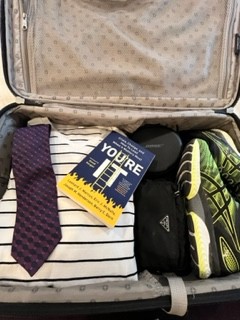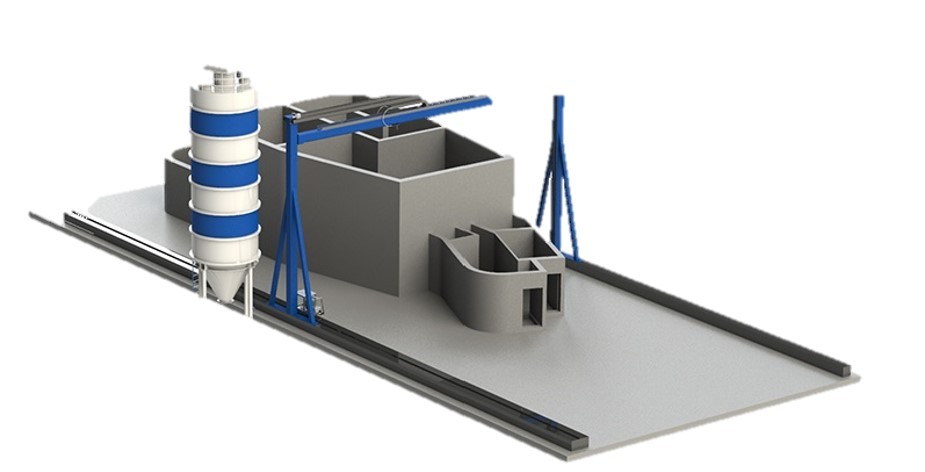On November 14, 2021, a record setting amount of rain fell over Merritt BC causing the loss of critical infrastructure and prompting the evacuation of the entire city on the morning of November 15, 2021. Half of the residents began returning home approximately one week following the event. To date, there are still 271 homes on evacuation order and approximately 736 people who can not return to their previous living arrangements.
While I watched helicopters leave from Vancouver and follow the river east and north through the interior, I thought there may be an opportunity to help out an EOC or Recovery Team. So what does a flood recovery manager pack in their “Go Kit”? Well, among the obvious there is also a couple of books to bring along for review and reflection; You’re It by Eric McNulty from Harvard’s NPLI, and Future Survivor by Desi Matel-Anderson. Because when you’re in a crisis you need to combine situational awareness, decision making models, and meta-leadership to create a team and innovate.

Prior to the floods, Merritt was already facing a housing crisis. With zero vacancy rates it left businesses unable to find new employees and new businesses unable to open. With 271 properties on evacuation order, it is anticipated that 100 of them will need to be completely rebuilt or relocated.

In response, the City of Merritt has explored several different housing options with 3D printed houses being environmentally friendly and quicker to build. 3D Printed Homes use a programable robotic arm, mortar nozzle and a crew of 2-3 operators. Once deployed, the printer prints the mortar based interior and exterior walls of the structure. Within 48 hours, the printer is able to complete a 600 square foot structure and will deploy to the next lot. The structure will still require plumbing and electrical services, as well as a roof (conventional build) to complete the build.
The advantage of the 3D print is that a high R value of the walls is easily achieved by increasing the gap between the interior and exterior walls at no extra cost. Along with higher R values in this structure, material waste is eliminated as the printer can simply apply one type of material uniformly to the entire structure. The homes are fire proof, flood proof, and carbon net-zero.

